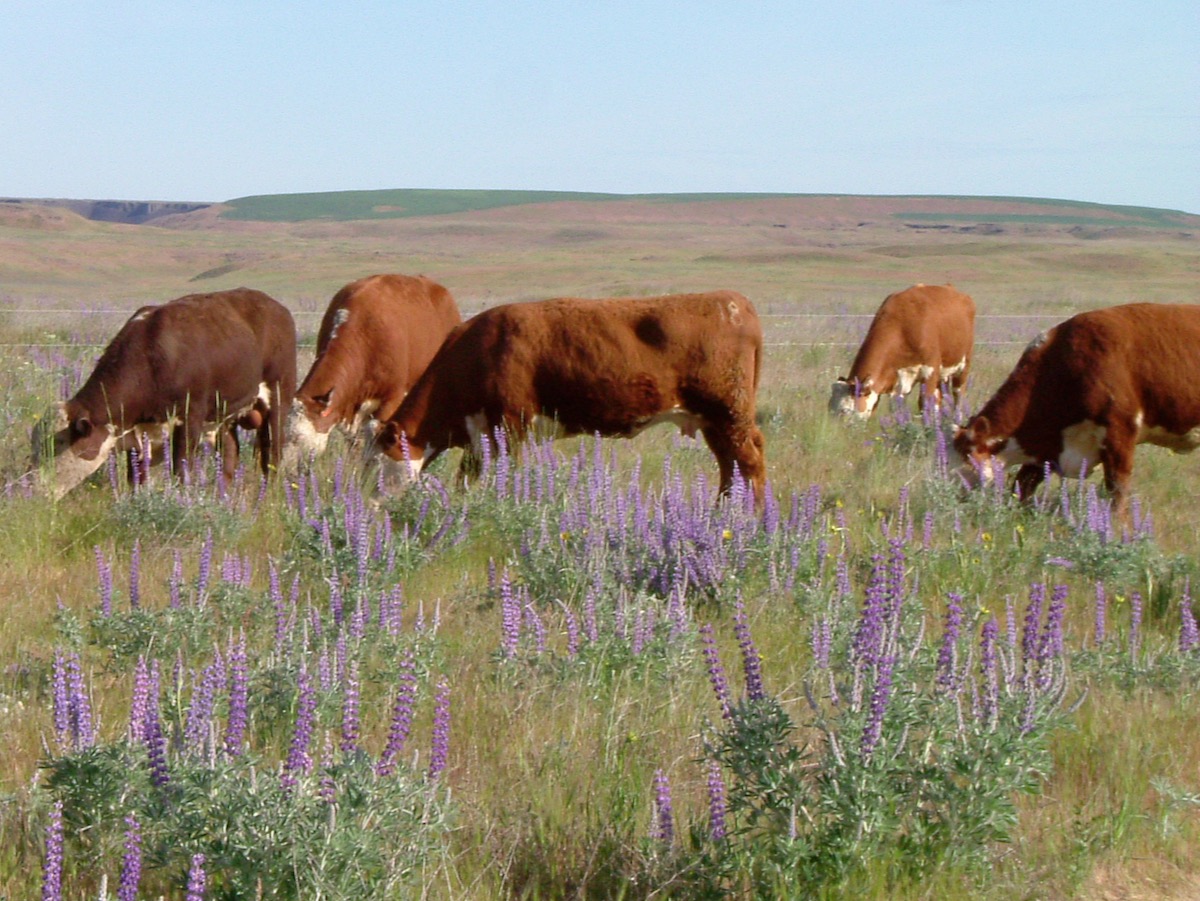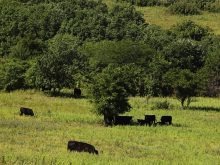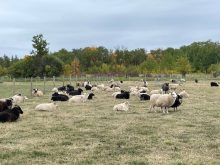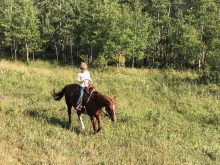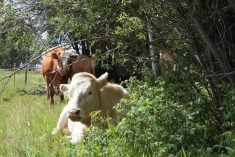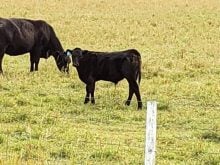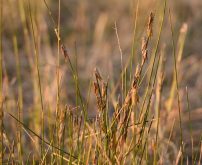In writing for the past several years for Grainews it was nice trying to create articles that had application to the cattle, grain and mixed farmers out there.
Better long-term solutions are created by looking from both sides of the fence at a problem. These create win-win situations, where both sides of a deal, trade or working relationship do well.
If we use cattle health as an example, feed producers can do things that benefit animal health. A cow or other ruminant is a great way to use up or get some value out of damaged, spoiled or poor-quality feeds. I wish more grain farmers worked with cattle producers.
Read Also
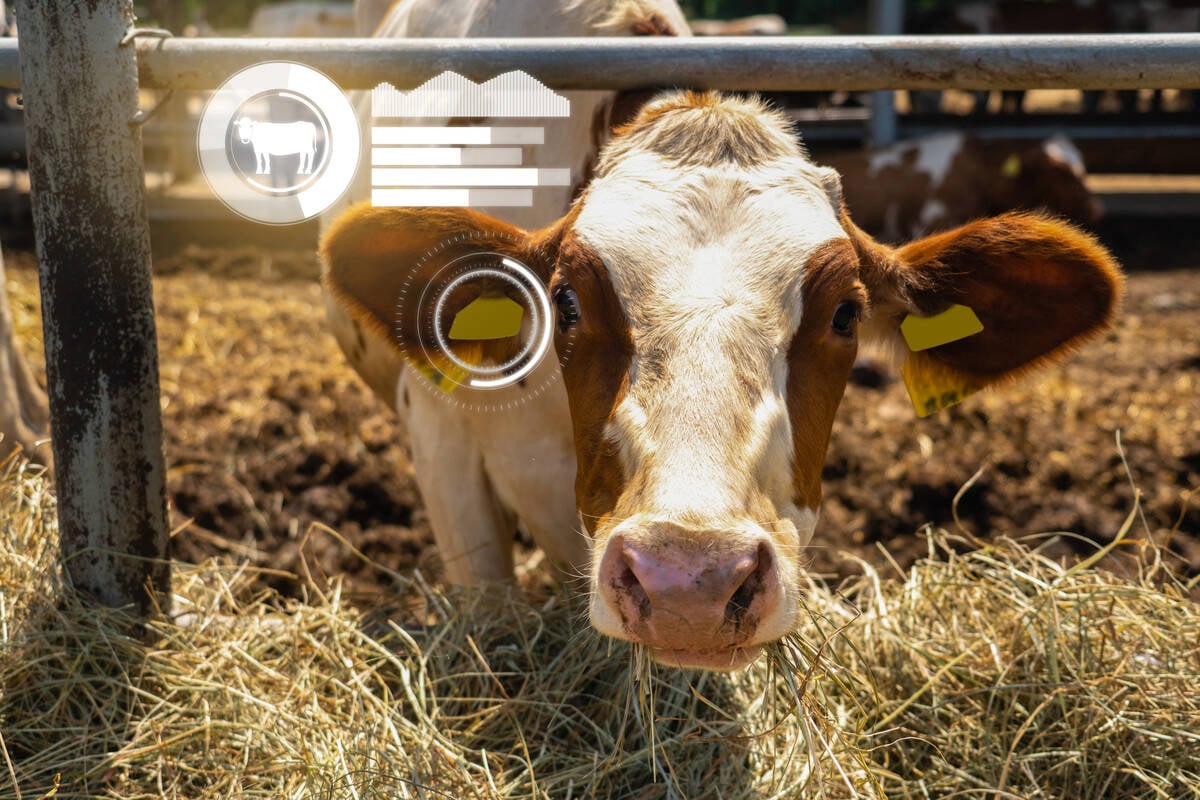
Cows in the cloud
Beef cattle herd management software has become an essential tool over 15 years for Lonesome Dove Ranch in Saskatchewan.
Straw is the one repetitive area of overlap. Frozen, flooded and drought-damaged crops are the other areas where we can see the potential for good connections between crop producers and cow-calf or feedlot operators.
A long-term relationship is the most desirable, so in the event of a crop failure or extremely hail-damaged crop, there is benefit on either side. In straw production, there must be the trust from the grain producer that the straw, if left as a swath out the back of the combine, is baled up right away and taken off the field and, most importantly, that broken bales are removed and cleaned up.
There is always the argument that a grain producer should be putting that organic matter back onto the land, but if the crop carries too much straw or if the crop is damaged by hail, removing it can be a good thing. Setting a fair price, to avoid fluctuations when straw prices go too high or too low, is also good.
Producers in many cases are composting manure, so the quality and consistency of the fertilizer is good. One must take into account transportation of manure, bales or even moving cows home. I have seen situations where fencing a quarter (either permanent or temporary good electric) very close to home will yield benefits.
For grain land, the field edges and sloughs could get pastured and the stubble grazed. This works extremely well for silaged land, whether cereal or corn silage. We need to see more of these win-win situations between cattle producers and grain producers going forward.
Hail-damaged crops are one example where a producer may need to test for nitrates and make sure there will not likely be grain overloads, to protect the cattle side.
Temporary fences can be set up relatively easily with electric fencing. One must make sure a water supply can be looked after. Like harvested grain land before cattle are turned out, one needs to check for hazards such as spilled grain piles or areas where cattle could get injured, such as open culverts or spots with open excavations.
In sharing and communicating ahead of time, concerns or potential problems are brought up.
Cattlemen must have their cattle vaccinated for common diseases in the area. Clostridial spores are around and if your cattle pick up blackleg from pasturing a neighbour’s grain stubble, that definitely isn’t the neighbour’s fault.
If any cattle do happen to die, they need to be autopsied to find out the cause, and then removed, as grain producers are not set up for that task, nor do they want to be.
If you custom bale, you may want to look into the future with the biodegradable and essentially edible net wraps and twines being developed — and if they cost more, use them and charge for them. They will be a boon in the cattle industry, preventing twine impactions or twine wrapped around just about anything.
Anytime we can have magnets or metal detector-type safeties on our equipment helps everyone. Since cattle are prone to hardware disease and are indiscriminate eaters, anytime we can remove metal from any food source, whether it be ultimately for human or animal, is a good thing.
I just toured a massive french fry plant in Europe. The cull potato peelings are used in cattle feed and any waste finished fries are also eaten by cattle.

In several steps on the assembly line, and especially right at the packaging point, metal detectors will reject product. This is of course the same at meat packing plants as well. These metal detectors are triggered only rarely, but it does happen. What the public should know, contrary to what many people think, is that only even more rarely does the metal found in meat turn out to be a broken needle; usually it is buckshot. The buckshot may have been in the animal for years before it is butchered — and even this is a very rare occurrence.
If in doubt about any of these shared procedures, talk to your local veterinarian, agrologist and/or nutritionist, especially ones that work and live in your local area.
Other things to consider, when trading grazing, include any presence of potentially poisonous weeds. Also, if a dugout has been unused for years, water quality may need to be checked.
Even when it comes to heated grain, or crops with potential mould or mycotoxins, tests can be done ahead of time and the feedstuff diluted. When I think of the risk involved, I put the pregnant cow at the top of the list, then the young calf and lastly the yearling or feedlot animal. The feedlot is where blending of feed can happen more accurately if that’s what’s necessary.
Alternative feeds, such as brewers’ grains, are used more. In the east of Canada, there are numerous cereals and corn husks; out west there are more cull potatoes, sugar beets and everything in-between.
Make sure rations are balanced and these situations can be a win-win for both the cattleman and the food processor. Processors face costs and disposal fees if their product or byproduct can’t be used by livestock. Sometimes it’s even just the cost of hauling it away they are looking for. Here’s to many win-wins between the crop side and livestock side of our industry. May both prosper going forward.

